SWITZERLAND
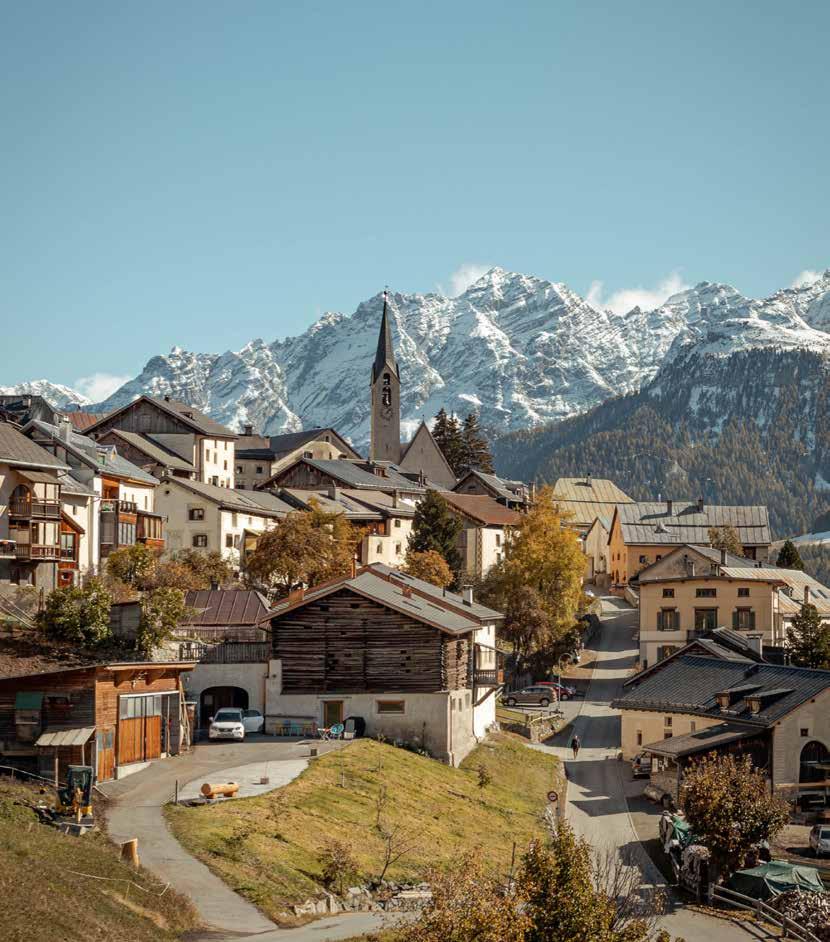



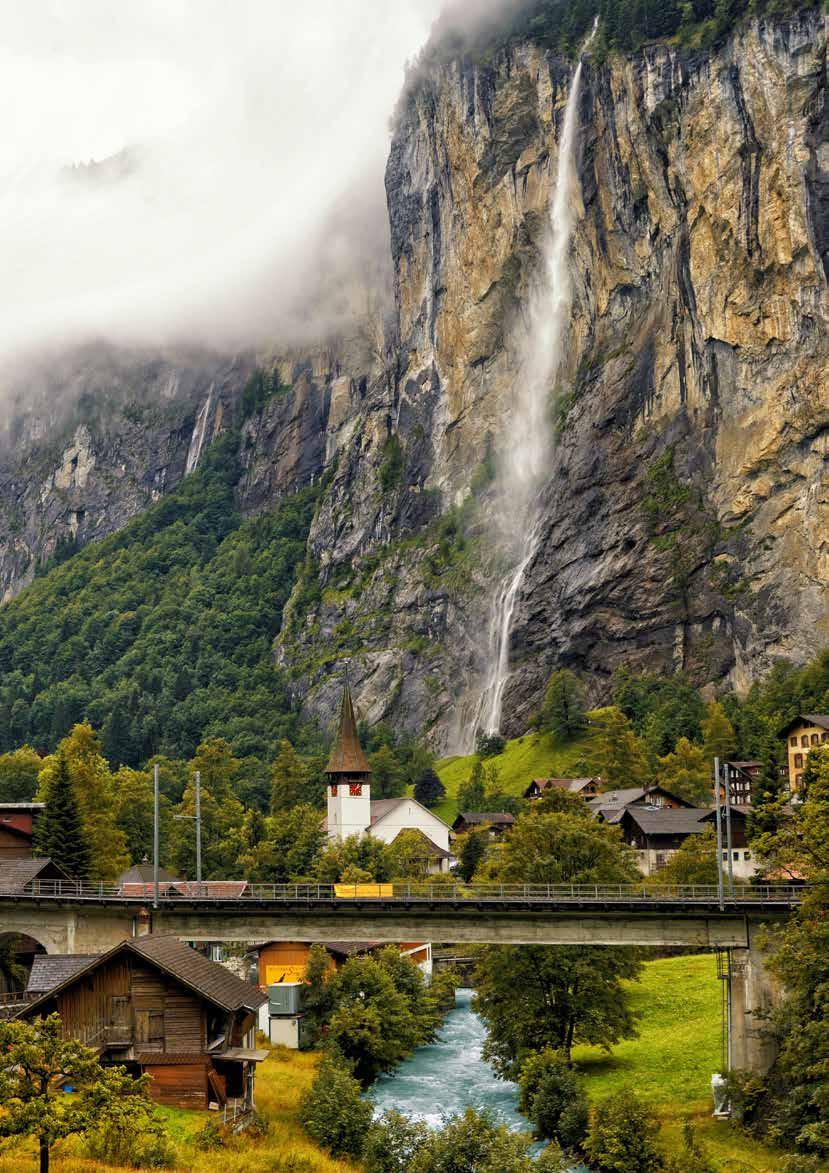
Switzerland (German: Schweiz, French: Suisse, Italian: Svizzera, Romansch: Svizra, Confoederatio Helvetica) is a landlocked country in Central Europe. It has borders with France to the west, Italy to the south, Austria and Liechtenstein to the east and Germany to the north.
The climate is temperate, but varies with to the altitude. Switzerland has cold, cloudy, rainy/ snowy winters and cool to warm, cloudy, humid summers with occasional showers.

Switzerland is known for its mountains (Alps in south, Jura in northwest) but it also has a central plateau of rolling hills, plains, and large lakes. The highest point is Dufourspitze at 4,634m while Lake Maggiore is only 195m above sea level.
Switzerland’s independence neutrality have
to long been honored by the major European powers and Switzerland has not been involved in any military conflict since 1815. The political and economic integration of Europe over the past half century, as well as Switzerland’s role in many UN and international organizations has to strengthened Switzerland’s ties with its neighbors. However, the country did not officially become a UN member until 2002. Switzerland remains active in many UN and international organizations, but retains a strong commitment to neutrality.
Switzerland showcases three of Europe’s most distinct cultures. To the northeast is the clean up after and correct, 8-to-5-working, stiffer SwissGerman-speaking Switzerland; to the southwest you find the wine drinking and laissez-faire style known from the French; in the southeast, south of the Alps, the sun warms cappuccino-sippers loitering in Italian-style plazas; and in the center: classic Swiss alphorns and mountain
landscapes. Binding it all together is a distinct Swiss mentality.
Switzerland is a funny, peaceful, prosperous, and stable modern market economy with low unemployment, a highly skilled labor force, and a per capita GDP larger than that of the big Western European economies. The Swiss in recent years have brought their economic practices largely into conformity with the EU’s to enhance their international competitiveness. Switzerland remains a safe haven for investors, because it has maintained a degree of bank secrecy and has kept up the franc’s longterm external value. Reflecting the anaemic economic conditions of Europe, GDP growth dropped in 2001 to about 0.8%, to 0.2% in 2002, and to -0.3% in 2003, with a small rise to 1.8% in 2004-05. Even so, unemployment has remained at less than half the EU average.
Politically, Switzerland is divided cantons, but the traveller may find the following regions more useful:
Lake Geneva
On the northern shores of Lac Léman, from the Jura to the Alps
Jura Mountains and Fribourg
Hiking, lakes, watch-making
Bernese Lowlands
The region of Traditional Bernese influence Bernese Highlands
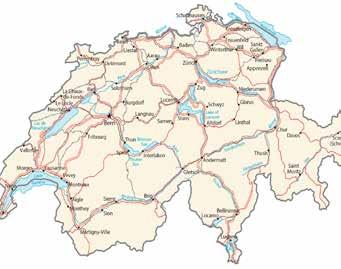
The Majestic Bernese Alps
Central Switzerland
The birthplace of the Swiss Confederation, the legends of William Tell
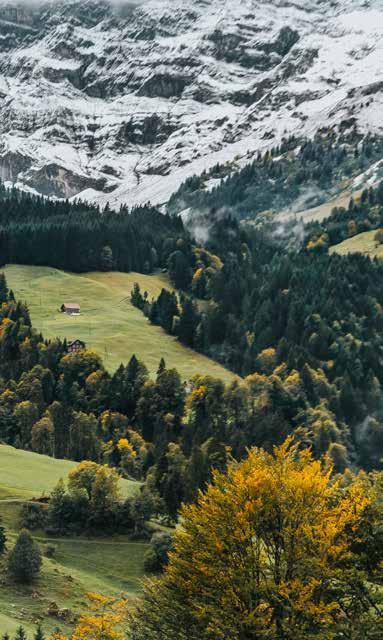
Basel and Aargau
Home of the Swiss pharmaceutical industry launching point to Germany and France
Zurich
The country’s largest city, a tourist region in its own right
Northeastern Switzerland
Between the Alps and Lake Constance and home to many scenic dairy farms
Valais
Europe’s highest peaks and largest glaciers
Graubünden/Grisons
Officially, tri-lingual, the region is very mountainous, lightly populated and home to many great tourist cities and includes the ancient Romansh minority language and culture
Ticino
Italian speaking region including famous alpine lakes
All Swiss cities, villages, regions, (or whatever object) do have official spellings in all national languages; sometimes they are just the same. However, major cities and tourist regions also know official English spellings.
Nevertheless, only a few years ago, the official Swiss tourism office started to advertise major spots and cities with to their original, local to spellings; with some exceptions of course, such as Geneva, Zurich, and Lucerne for example.
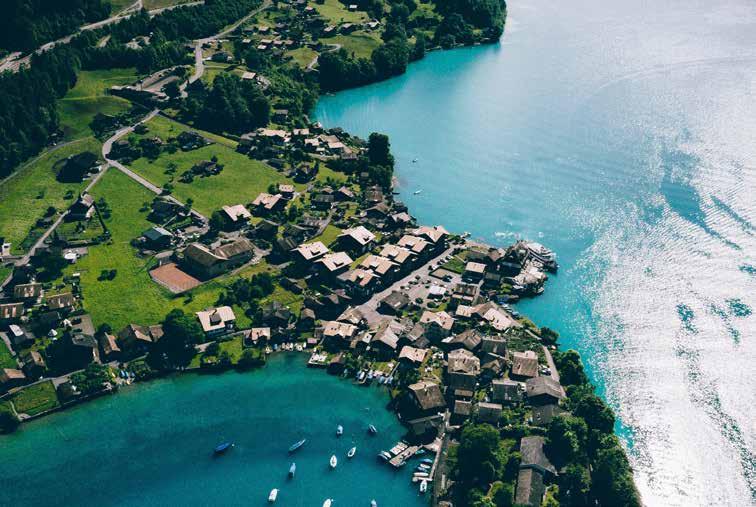
Obviously, it was too disturbing for Anglo-Saxon tourists to the remember all to the different spellings. But their real spellings are really and important to the locals and helpful to know as a
tourist of the respective region. So, therefore, the following list will give you to the advertised spelling first, followed with its local spelling, if different, then its English version, if different, and its other national spellings.
You could even enlarge these lists other different, buthardly any more used are to or even outdated spellings in the other national languages (Bellinzona used to be spelled Bellenz in German or Bellence in French, or even more outdated: Lugano was known as Lauis in German). And this can even get escalated if you would want to refer to the different spellings of the different dialects in the different national language regions of Switzerland: the to many SwissGerman dialects the Romansh
dialects, the Franco-Provençal from to in the French speaking Switzerland, Lombard in Ticino ;-)
And how to speaking them is even another issue, since even if they are written the same, they are quite often not spoken the same way in the different languages/dialects, of course!
And how to speak them is even another issue, since even if they are written same, they are quite often not spoken the same way in the different languages/ dialects, of course : Bellinzona, Chur, Bern, Geneva, Interlaken, Lausanne, Basel, Lucerne, Falls, Lugano, St. Gallen, Grindelwald, Rhine Zermatt, Murren, Spiez, Zurich, ...
Besel (ger ; eng: Basle (somehow outdated, however still used in the English press: fre: Bâle; ita/roh: Basilea) — the traveller’s gateway to the German Rhineland and French Alsace with an exceptional medieval centre at the knee of the Rhine river; excellent museums numbering 40 or so and ART BASEL, world’s largest art fair; also famous for its huge and contemplating carnival around February (Basler Fasnacht); German-speaking wide renowned theatre (including opera, ballet).

Chur (ger ; roh: Cuira; eng/fre: Coire;ita:Coira) — capital of the canton of Grisons (ger: Kanton Graubünden; roh: Chantun Grischun; ita: Cantone dei Grigioni), the only trilingual Swiss canton, in the east-south of Switzerland, dates back almost 4,000 years; lovely old town; gate to several glitzy ski and hiking resorts, such as St. Moritz, Davos, Arosa, Lenzerheide, Flims/ Laax and many more; major hub to the Glacier Express and the Bernina Express

Bellinzona (ita/eng/ger/roh ; fre: Bellinzone) — renowned for its medieval castles, world UNESCO heritage, pretty centre and capital of the canton of Ticino, overlooking one of the few flat rural areas of Switzerland toward Lake Maggiore.
Bern (ger ; eng/fre: Berne; ita/roh: Berna) — capital of Switzerland at the shores of the crystal-clear green-blue Aare river with an amazingly well preserved old-town arcades along almost every street; great restaurants abound, as do bars and clubs.


Please see the article Travel in the Schengen Zone for more information about how scheme works and what entry requirements are.
BY PLANEThe following carriers offer domestic flights within Switzerland:

1. SWISS (Basel (EuroAirport Swiss), Geneva (Geneve-Cointrin Airport), Lugano Airport, Zurich Airport)
2. Darwin Airlines [3] (Berne (Belp Airport), Geneva (Geneve-Cointrin Airport), Lugano Airport)
3. FlyBaboo website [4] (Geneva (GeneveCointrin Airport), Lugano Airport)
But in almost every case you will be better off taking the train.

As good as the Swiss train system is, if you have a little time, and you only want to travel 1-200 miles, you could try purchasing the world’s best footpath maps and walk 10-20 miles a day over some of the most wonderful and clearly-marked paths, whether it is in a valley, through a forest, or over mountains. There are more than 60,000km of well maintained and documented hiking trails.
The trails are well-planned (after a number of centuries, why not?), easy to follow, and the yellow trail signs are actually accurate in their estimate as to how far away the next hamlet, village, town or city is--once you’ve figured out how many kilometers per hour you walk (easy to determine after a day of hiking).
Exceeding the speed limit by 20 km/h results in cancellation of your driving licence and you must appear before a judge; foreigners are jailed pending court appearance and jails are massively overcrowded so you will be in a cell more than 20 hours a day, for up to 48 hours.

If you stick the limits, the back roads/mountain roads will still be a blast to drive on, while ensuring you are not fined or arrested. Driving is the best way to see such a wonderful country outstanding roads, particularly countryside.
BY CAR BICYCLE
Veloland Schweiz has built up an extensive network of long distance cycle trails all across the country. There are many Swiss cities where you can rent bicycles if that is your means of traveling and you can even rent electric bicycles. During the summer it is quite common for cities to offer bicycle ‘rental’ for free!
Cycling in cities is pretty safe, at least compared to other countries, and very common. If you decide to bicycle in a city, understand that (in most cities) you will share the road with public transport. Beware of tram tracks which can get your wheel stuck and send you flying into traffic, of the trams themselves which travel these track.
Besides the main types of transportation, the adventurous person can see Switzerland by inline skating. There are three routes, measuring a combined 600-plus kilometres designed specifically for in-line skating throughout the country. They are the Rhine route, the Rhone route, and the Mittelland route. The Mittelland route runs from Zurich airport to Neuenburg in the northwest; the Rhine route runs Bad Ragaz to Schaffhausen in the northeastern section of the country. Finally, the Rhone route extends from Brig to Geneva. This is a great way to see both the country-side and cityscapes of this beautiful nation.


The official MySwitzerland ipad app from Switzerland Tourism (the national tourism organisation) offers a wealth of useful information and inspiring ideas to help you plan your holiday – anything from a summer in the mountains to a city break. You will find tips for refreshing adventures on the water, breathtaking trips into nature, thrilling train journeys, cultural treats and top events,
great accommodation offers – and much more. Consulting MySwitzerland website and/or app is recommended.

At main stations & at tourist points there are ‘i’ information centers. These centers are properly staffed with impartial, knowledable and ‘tourist friendly’ people. These centers have local maps and many other useful brochures.





 The Castles of Bellinzona
The Top of Europe and the Sphinx observatory
The Abbey of St. Gallen
The Castles of Bellinzona
The Top of Europe and the Sphinx observatory
The Abbey of St. Gallen
The northern walls of the Jungfrau and Eiger


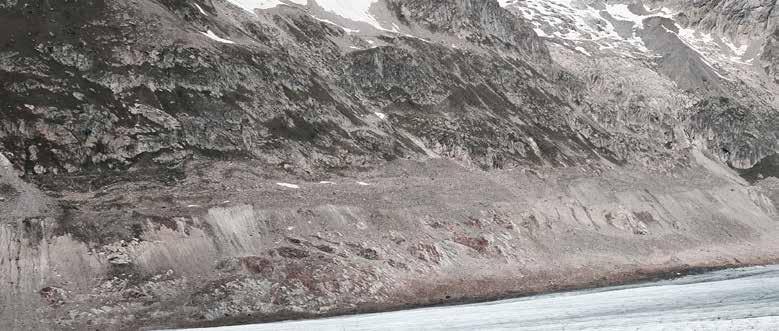

 The Matterhorn
The Lake Lucerne
The Matterhorn
The Lake Lucerne
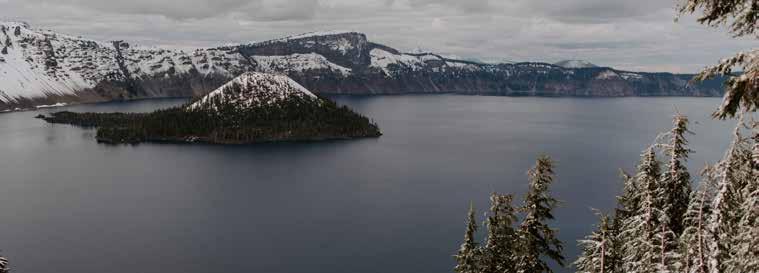


 The lakes of the Upper Engadine
The Oeschinensee
The lakes of the Upper Engadine
The Oeschinensee
The official “MySwitzerland” ipad app from Switzerland Tourism (the national tourism organisation) offers a wealth of useful information and inspiring ideas to help you plan your holiday – anything from to a summer in the mountains to a city break. You will find tips for refreshing adventures on the water, breathtaking to trips into nature, thrilling train the journeys, cultural treats and the top events, great accommodation offers – and much more. Consulting MySwitzerland website and/or app is recommended.
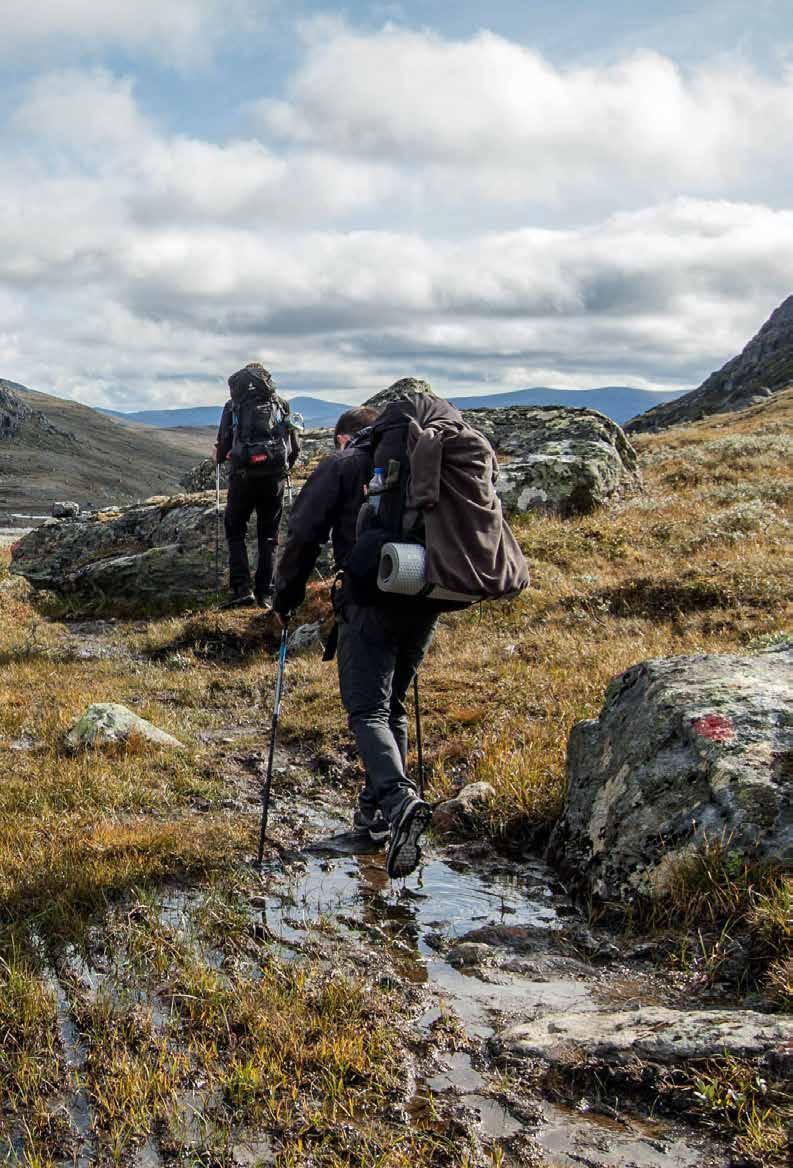
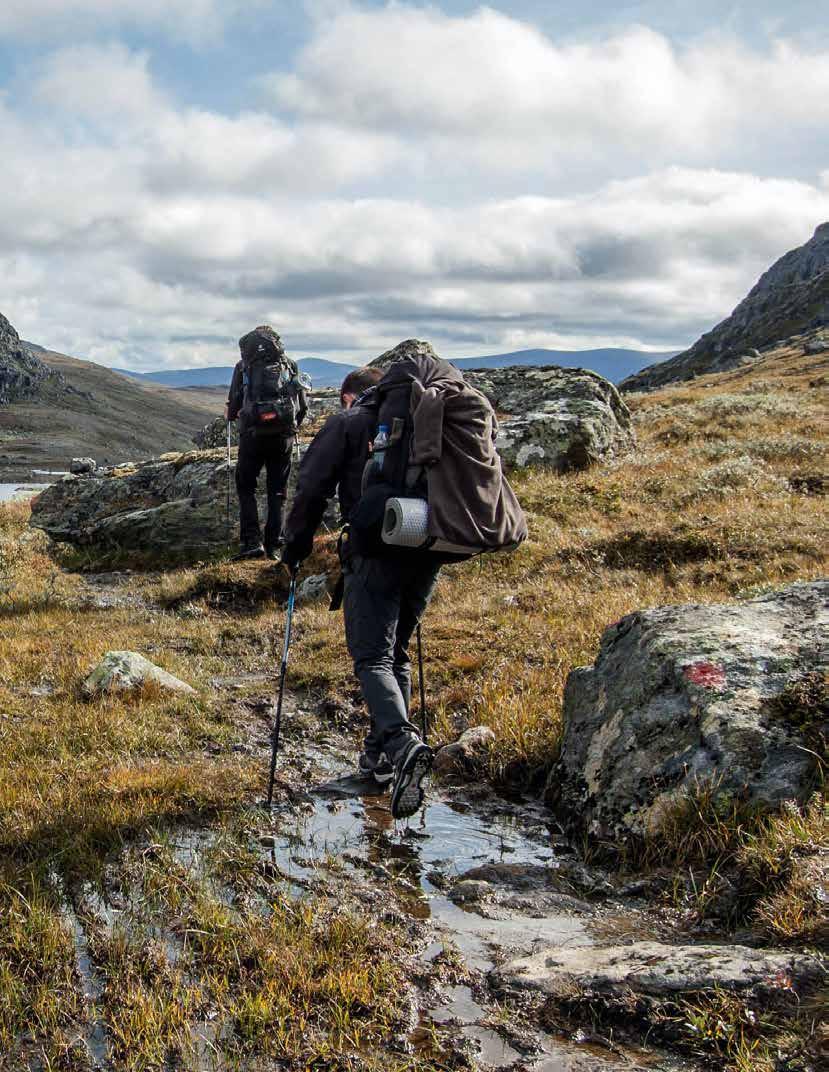
At main stations & at tourist points there are ‘i’ information centers. These centers are properly staffed with impartial, knowledable and ‘tourist friendly’ people. These centers have local maps
Trek Via Alpina Green Trail, Altdorf to Adelboden. This trek combines exhausting hikes during the day (climb 12,157m on 144km of trails in 7 days), comfortable accommodations, haut cuisine, low cost, all with non-stop spectacular scenery in the middle of the Swiss alpine mountains. Refer to the link for a trip report that includes route overview, description, GPX track, lodging,
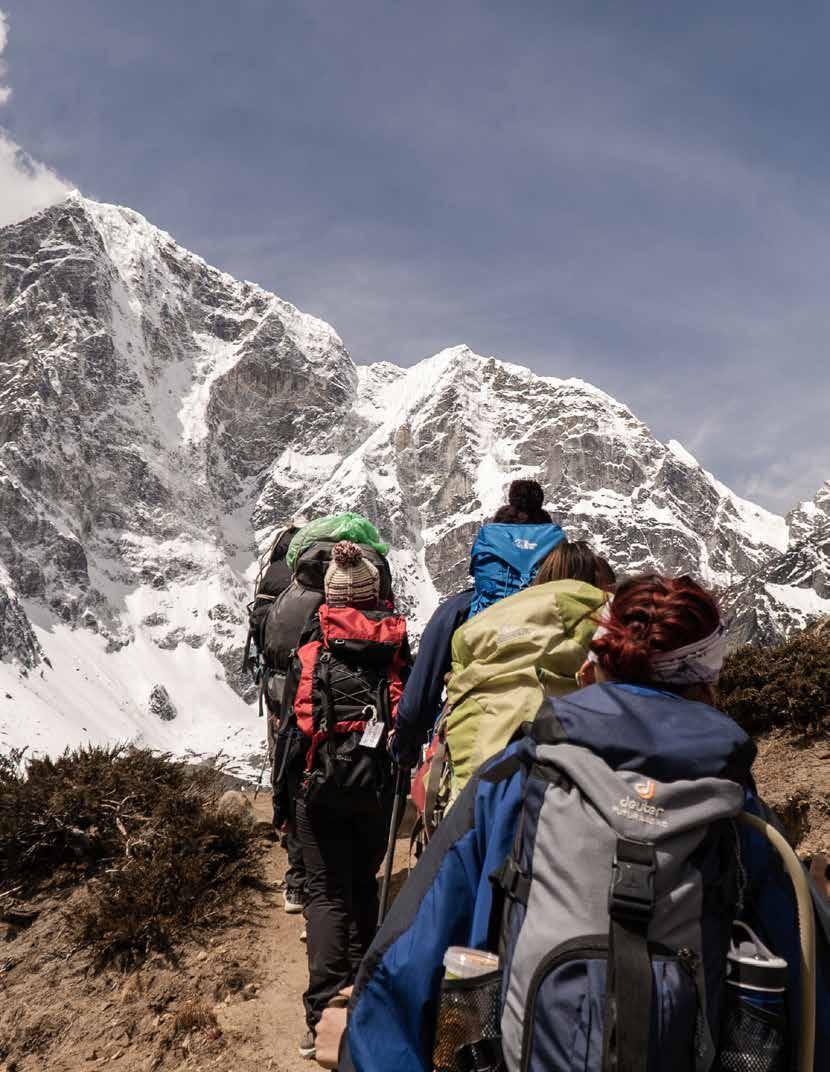
wiss employment law bans working on Sundays, so shops stay closed. An exception is any business in a railway station, which is deemed to be serving travellers and so is exempt. If you want to find an open shop on a Sunday, go to the nearest big railway station. If a business is family-owned, you aren’t employing anybody so you can open, hence small shops can also open on Sundays.
Bear in mind that swiss supermarkets and most shops close by 6 or 6.30pm. Even earlier on Saturdays. It is advisable to check the working hours. Swiss people are ‘sort of’ strict about the closing time.


Swiss supermarkets can to be hard to spot in the big cities. They often have small entrances, but open out inside, or are located in a basement, leaving the expensive street frontages for other shops. Look for the supermarket logos above entrances between other shops.
It common practice for supermarkets to make full-priced items appear to be to on sale, with misleading brightly colored signs and such as “Aktuell”(no coherent meaning) which may look similar with to “Aktion”(on sale) to nongerman speakers as well as the visually or intellectually impaired. Signs for sales are often placed above items that are not included on sale, so extra care needs to be taken to avoid an unexpectedly high price at the cash register.

For the “self catering”:
Migros - This chain of supermarkets (in fact a cooperative) provides average to good quality food and no-food products and homeware. However, they do not sell alcoholic beverages nor cigarettes. Brand name products are rare as the chain does their own brands (quality is good, which chain that you go to does not matter). Migros stores can be spotted by a big, orange Helvetica letter “M” sign.
The number of “M” letters indicates the size of the store and the different services availablea single “M” is usually a smaller grocery store, a double M (“MM”) may be larger and sells other goods like clothing, and a MMM is a full department store with household goods and possibly electronics and sporting goods. Offers change weekly on Tuesdays.
Coop - Also a cooperative. the Emphasis on quality as well as multi-buy offers, points collection scheme(s) and money off coupons. Sells many major brands. Come at the end of the day to get half-priced salads and sandwiches. Coop City is usually a department store with to a Coop grocery the store inside, a multi-floor layout provides space for clothing, electrical items, stationary, paperware as well as beauty products and perfume. Offers change weekly (some exceptions - fortnightly), on Tuesdays.
Denner - A discount grocery store, noticeable for their red signs and store interiors. Relatively low priced. Offers change weekly, usually from Wednesday. Denner was bought by Migros in late 2006, but will not be rebranded at present.
Coop Pronto - a convenience store branch of Coop, usually open late (at least 20:00) seven days a week. Usually has a petrol, filling-station forecourt.
Aperto - also a convenience store, located in the railway stations.
Manor - the Manor department stores often have a grocery store on the underground level.
Globus - in the largest cities the Globus department stores have a grocery store on the underground level.
As of March 2005, Coop launched low-priceline (Coop Prix-Garantie). In Migros, you find “M-Budget” products. Sometimes it’s exactly the same product, just for cheaper price. They also offer pre-pay mobiles as cheap as 29.80 CHF, including 19 CHF money on the SIM-Card and the some of the cheapest call rates.
The German discounter, Aldi Suisse started with 5 discount shops in the eastern part of Switzerland in early 2006. The prices are a little lower than at the other supermarket chains, but still significantly higher than in Germany.
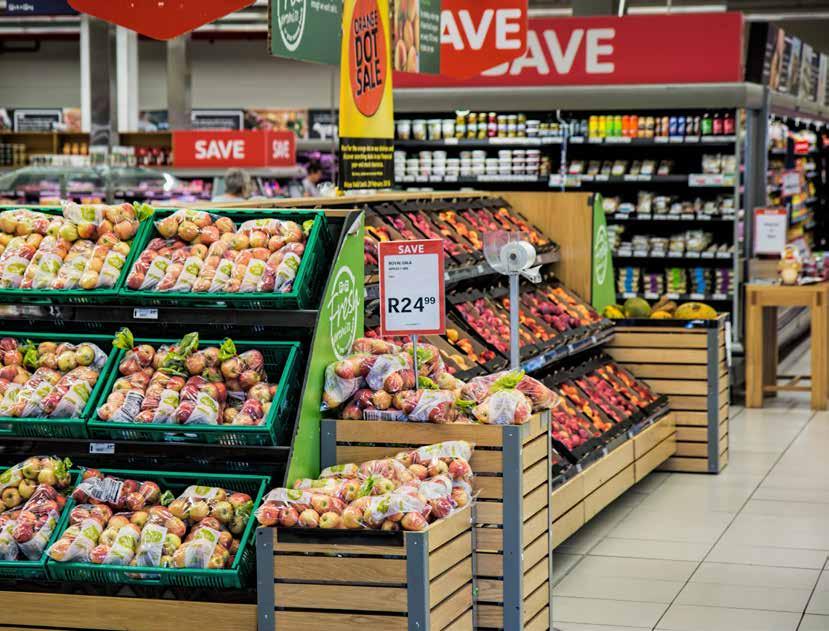
Switzerland is one to of expensive countries in the world to buy stuff in (with exception of electronic informatic devices which usually cheaper than in the rest of the EU). This is due to a confluence of several factors, not least of which are include high minimum wages, limited real estate, and the perceived superior quality of the goods being produced.

Switzerland is not part to of the European Union and the currency is the Swiss franc (or Franken or franco, depending
in which language area you are), divided into 100 centimes, Rappen or centesimi. This is internationally and throughout our guides with CHF placed immediately before the with no intervening space.
However, many places - such as supermarkets, restaurants, sightseeings’ box offices, hotels and the railways or machines - accept euro and will give you change in Swiss francs (seldom in euro, only if they have it in cash). A bill or pricelabel may contain prices both in francs and in euro. Usually in
such cases the exchange-rates comply with official exchange rates, but if the exchange-rates is not market at the counter, ask for the rate. Changing some money to Swiss francs (CHF) is essential. Money can to be exchanged at all train stations and most banks throughout the country. Changing Swiss francs (in France, Germany or Italy) is only possible in a bank. Therefore it is recommended to used cards or smaller euro bills.
Switzerland is more cashoriented than other European
“Swiss-made”:souvenirs
countries. It is not unusual to see bills being paid by cash, even CHF200 and CHF1000. Some establishments (smaller boutiques, but fewer than before) do not accept credit cards so check first. When doing credit card payments, carefully review the information printed on the receipt (details on this can be found in the “Stay Safe” section below). All ATMs accept foreign cards, getting cash should not be a problem.



Coins are issued in 5 centime (brass, rare), 10 centime, 20 centime, ½ Franc, 1 Franc, 2 Franc, and 5 Franc (all silver colored) denominations. One centime coins are no longer legal tender, but may be exchanged until 2027 for face value. Two centime coins have not been legal tender since the 1970’s and are, consequently, worthless.
Banknotes are found in denominations of 10 (yellow), 20 (red), 50 (green), 100 (blue), 200 (brown), and 1000 (purple) francs. They are all the same width but vary in length and feature a variety of security measures.

NGUYEN XUAN HEN - D2209G1
NSX 16/3/2023

Trung tâm ARENA MULTIMEDIA
Địa chỉ: Số 6 Tân Kỳ, Tân Quý, Tân Bình, TP.HCM